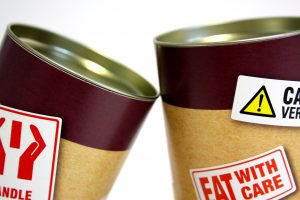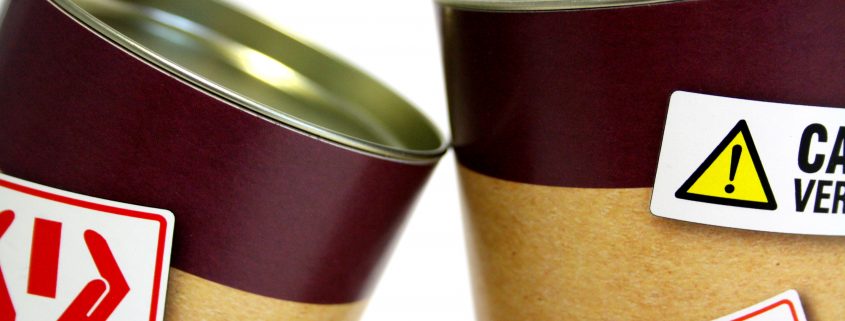Canning Do’s and Don’ts for National Canned Food Month
 More than 200 years ago, people needed to either smoke, salt, or dry their food in order to preserve it. That all changed when Nicholas Appert invented the process of packing meat and poultry into glass bottles by corking the bottles and placing them into boiling water. In doing this, he realized he stopped bacterial growth and spoilage. In 1810, metal containers were patented for canning.
More than 200 years ago, people needed to either smoke, salt, or dry their food in order to preserve it. That all changed when Nicholas Appert invented the process of packing meat and poultry into glass bottles by corking the bottles and placing them into boiling water. In doing this, he realized he stopped bacterial growth and spoilage. In 1810, metal containers were patented for canning.
This month, we celebrate National Canned Food Month, which makes now the perfect time to learn more about the do’s and don’ts of canning!
Canning is a method of preserving food for long periods of time. Food gets placed in airtight, vacuum-sealed containers and processed with heat at high temperatures to destroy microorganisms and inactivate enzymes. The long shelf life of canned foods makes it convenient for people to have in their homes. Canned foods also provide the needed nutrients we need to meet our dietary guidelines.
Canning Dos and Don’ts
Do’s
- Store in cool, dry place between 50-70 degrees F. Temperatures too high cause canned food to deteriorate and lose quality.
- Rotate cans so the oldest is used first – remember the “First in-First Out” rule
- Read food labels to make healthy choices- compare calories, fiber, sodium, and sugar in the variety of options to make the best decision for you. Try to look for lower sodium or no added salt in the cans you purchase.
- Since canned foods are packed at peak of freshness, add them to meals to boost nutrition of a recipe you are making.
- Once opened, the food becomes perishable – be sure to cook it all or refrigerate accordingly.
Don’ts
- Don’t buy rusted, dented, or bulging cans
- Avoid foods canned in syrups (high in sugar)
Canned Food Dates
Do you know what all the dates on your canned food products mean? It’s important to understand so you can use them safely!
- Sell by: This is the store’s final day to sell the product. Product should be bought before this date for best quality.
- Use by: Last day recommended to use the product.
- Best if used by: This is not a purchase or safety date. Recommended to use product by this date for best quality.
- Coded: is a packaging number used to rotate product and for locating products in case of a recall.
Canned foods can get a bad rap, but they are actually still full of nutrients. Fresh/frozen fruits and vegetables or dried legumes are nutrient-rich foods. Just be sure to buy products low in sodium and canned in natural juices/water! Check out my recipe below using canned beans and corn!
Black Bean and Corn Salad
6 servings
- 2 cans black beans, rinsed and drained
- 2 tomatoes, chopped
- 1 can corn kernels, rinsed and drained
- 1 avocado, peeled, pitted and diced
- 5 green onions, chopped
- ½ cup fresh cilantro
- 1 bell pepper, chopped
- 1 clove garlic, minced
- 1/3 cup olive oil
- ¼ cup lime juice
- 1 teaspoon salt
Directions
- In a salad bowl, combine beans, tomatoes, corn, avocado, green onions, cilantro and bell pepper. Set aside.
- Mix olive oil, lime juice, salt, and garlic in a jar. Shake well
- Pour dressing over the salad and toss well. Enjoy!
Your Turn to Take Action: Do you have a favorite canned food recipe? Share in the comments below.


Leave a Reply
Want to join the discussion?Feel free to contribute!